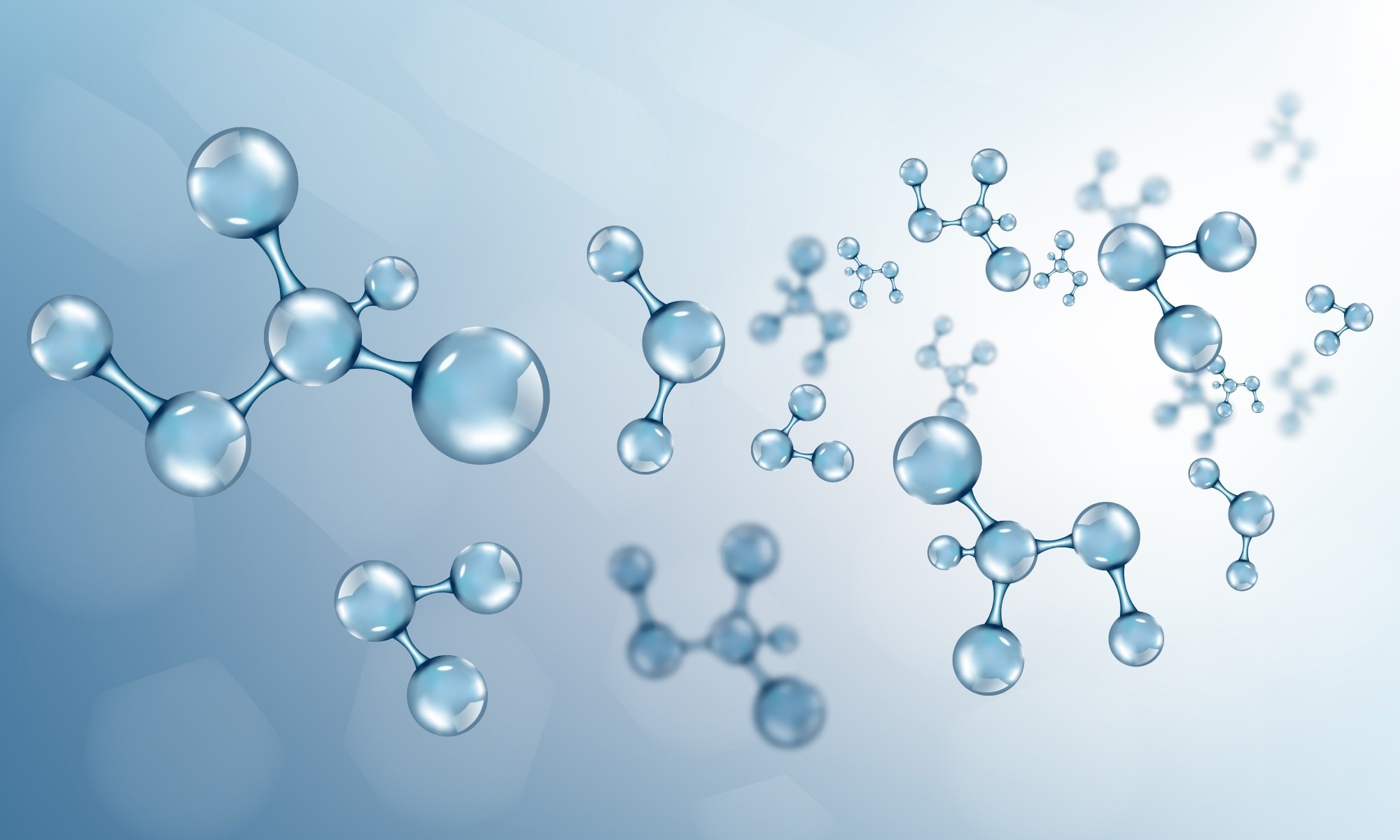High-resolution accurate mass spectrometry (HRAMS) is a well-established analytical technique used across several scientific fields. Here, we explain what it is and how it works, and, in particular, we focus on how it is leveraged by the life sciences. We also explore its pros and cons, which companies are making advancements in the field, and how it may evolve in the future.

Image Credit: studiovin/Shutterstock.com
What is high-resolution accurate mass-spectrometry, and how does it work?
HRAMS is an analytical technique used to determine a sample's molecular weight and chemical composition. It operates based on the principles of mass spectrometry and high-resolution mass spectrometry.
The method of HRAMS is relatively simple. It uses an ionized sample using techniques such as electrospray ionization (ESI) or matrix-assisted laser desorption ionization (MALDI). The ions are then introduced into a mass analyzer, where they are separated based on their mass-to-charge ratio (m/z). The ions are then detected, and their m/z ratios are recorded.
The high-resolution aspect of HRAMS refers to the ability of the mass analyzer to separate ions with very similar m/z ratios. This is accomplished by increasing the resolving power of the mass analyzer, which allows for more precise measurements of the ion's mass. The measurements obtained from HRAMS are used to identify the sample's molecular weight and chemical composition, as well as any impurities or contaminants present.
Applications of high-resolution accurate mass-spectrometry in the life sciences
HRAMS has many applications in the life sciences. It is commonly used in pharmaceuticals to identify and quantify small molecules, such as drug compounds and their metabolites. The method assists drug discovery by helping researchers gain a deeper understanding of how the body metabolizes and eliminates drug compounds. It also helps to identify potential biomarkers for drug efficacy or toxicity. Finally, it is used in quality control to ensure the purity and composition of drug products.
HRAMS is also a well-established tool in clinical diagnostics, where it is used to diagnose diseases and monitor how a patient responds to therapy. Clinicians use HRAMS to detect and quantify disease-related proteins, metabolites, and lipids in biological samples to make these diagnoses and track disease progress.
The emerging fields of metabolomics and proteomics also use HRAMS. In metabolomics, HRAMS is used to identify and quantify small metabolites in biological samples, which is useful in the discovery of disease biomarkers as well as in revealing the biological mechanisms implicated in disease. In proteomics, HRQAMS is used to identify and characterize proteins, which helps further our understanding of the function, interactions, and dynamics. Similarly, HRAMS has become an important tool in the field of lipidomics, where it is used in the characterization and quantification of lipids in biological samples.
Benefits and drawbacks of high-resolution accurate mass spectrometry
There are a number of benefits to using HRAMS technology. First, its high-resolution nature allows for accurate and precise identification and quantification of target analytes in a complex biological or environmental matrix. Next, it has higher sensitivity than low-resolution mass spectrometry, allowing it to detect very low levels of trace compounds. It can also be used to distinguish between isobaric compounds, which are difficult to separate using other analytical techniques.
There are also several drawbacks to using HRAMS. The technique requires expensive instruments, which creates high set-up costs. In addition, trained staff members are required to operate HRAMS, which further increases the cost of using the technique. HRAMS also generates large amounts of data, which can be challenging to manage and analyze without appropriate software.
The data produced from HRAMS can also suffer from interferences that affect the accuracy and precision of the data, which impacts its reliability. Finally, HRAMS is not suitable for some applications, such as rapid screening or routine analysis.
Major players in high-resolution accurate mass spectrometry
In 2021, Waters Corporation, an analytical laboratory instrument manufacturing company based in the US, launched its new high-resolution mass spectrometer known as the Waters SELECT SERIES MRT. The advancement marks a key development in the HRAMS market as well as in the wider mass spectrometry sector. Other key players include Thermo Fisher Scientific, Shimadzu, Jeol, and Agilent.
Future outlook for high-resolution accurate mass-spectrometry
There is an increasing demand for HRAMS, particularly in North America. This demand and increased funding from pharmaceutical companies will drive further advancements in HRAMS technology in the coming years. We can expect developments that may overcome the current challenges in HRAMS.
Its use in the emerging fields of metabolomics, proteomics, and lipidomics may help to shape the future of HRAMS due to the novel applications that may manifest as a result of progress in these areas.
Sources:
- Crutchfield, C.A. and Clarke, W. (2014) 'Present and future applications of high resolution mass spectrometry in the clinic', Discoveries, 2(2). doi:10.15190/d.2014.9.
- Géhin, C. and Holman, S.W. (2021) 'Advances in high‐resolution mass spectrometry applied to pharmaceuticals in 2020: A whole new age of information', Analytical Science Advances, 2(3–4), pp. 142–156. doi:10.1002/ansa.202000149.
- High-Resolution, Accurate-Mass Orbitrap Mass Spectrometry – Definitions, Opportunities, and Advantages [online]. Thermo Fisher Scientific. Available at: assets.thermofisher.com/.../tn-64287-hram-orbitrap-ms-tn64287-en.pdf (Accessed May 2023)
- High-resolution compound identification in metabolomics: a review of current practice [online]. Thermo Fisher Scientific. Available at: assets.thermofisher.com/.../...compound-id-metabolomics-wp65356-en.pdf (Accessed May 2023)
Further Reading
Last Updated: May 18, 2023